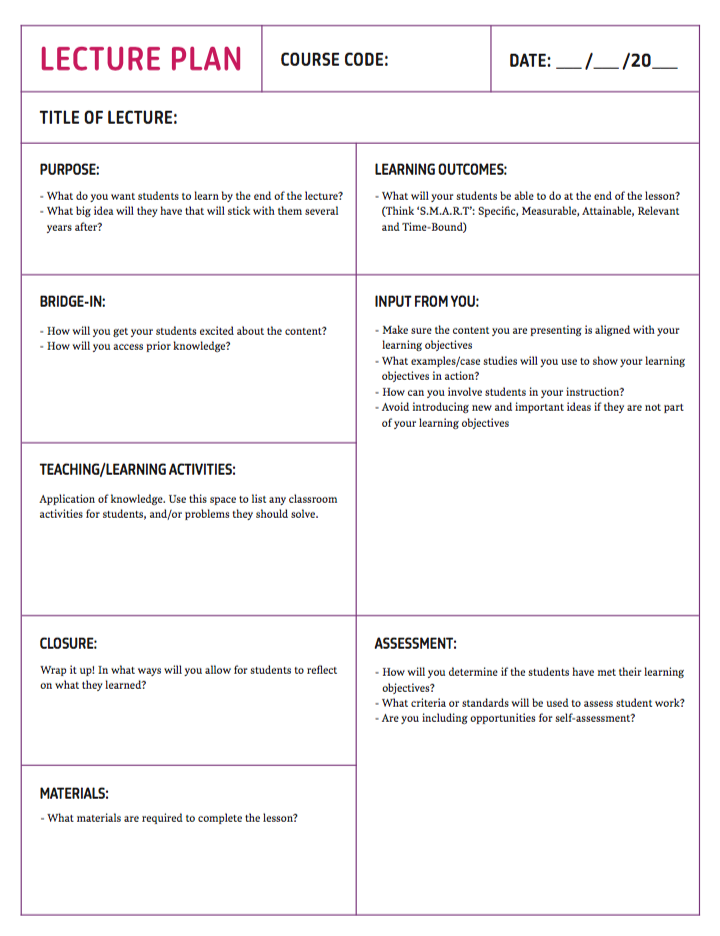Some days, students respond well to your lesson; other days you can’t seem to get through. That’s where reflective teaching can help.
As the term suggests, reflective teaching is thinking about what you’re teaching, and why you’re teaching it. But it goes a step beyond that. It’s about collecting and analyzing that data — exploring what’s working in student learning and what isn’t — and using it for informing, improving and evaluating your teaching methodology to promote better learning and improve student outcomes.
Many instructors are moving away from traditional teaching methods to teach with newer approaches and concepts such as flipped classrooms and active learning. When these more effective teaching methods are followed by reflective teaching, it makes for a powerful combination.
Nicholas Provenzano, in a blog for Edutopia, writes that while teachers often think they can remember the details of their lessons to later assess their pedagogy, that’s rarely the case in practice. “We jump from lesson to lesson thinking we can keep the mental notepad up to date as we go. Too often, teachers cannot reflect on a lesson because they’ve forgotten exactly what happened in class.” The details are important when trying to reflect and grow.1
Reflective teaching isn’t simply a matter of thinking upon your day; it’s a philosophy and a discipline, and it requires some structure — though it doesn’t have to be difficult or time-consuming. There are several ways to collect the data you need, including assessing yourself as well as using an external assessment tool.
Keeping a journal, for example, is one way to keep track of what’s happening in your classroom. Taking five or 10 minutes directly after class—when those details are still fresh — to jot down some notes, can help you see over time what’s working and what’s not.
Reflective teaching: How to do it effectively
In your journal, observe details about the lesson itself, the students, and the reaction to your instructional strategies and methodology. Did students understand the course material? Are they engaged and on task? Did you meet your pedagogical objectives?
There are several teaching inventories and classroom observation protocols available online that can help with self-assessment, such as multiple-choice worksheets (which generally don’t take much longer than 10–15 minutes.) You can even videotape your class to see it from your students’ perspective.
It’s typically recommended, however, to not rely on a single method of reflection, but rather to combine several methodologies and strategies. It may make sense to combine a method of self-assessment (which can, of course, be biased to some extent) with external assessment — from a colleague or third party, as well as from students.
It’s important to encourage learner feedback from your students; you may be surprised by what you hear. Whether you ask them for a show of hands or to fill out an evaluation form (this could be done anonymously, for more honest feedback), it will give you a sense of what’s working and where improvements could be made to the learning experience.
If you come across a recurring pattern or prevailing theme, remember that student feedback is just one method of data collection. Consider other forms of external observation before jumping the gun and modifying your instruction or curriculum.
Reflective teaching and different perspectives
A more collaborative way to carry out reflective teaching is through peer observation, when you ask a trusted colleague or administrator to observe your classroom and provide feedback, possibly using one of the many teaching inventories available online.
The Yale Center for Teaching and Learning has some advice.2 “Teaching from at least two different perspectives (student evaluations and personal inventory, or personal inventory and peer observation) can provide a more holistic view of instruction,” it explains. “Instructors should be careful to compare and review outcome data carefully, and even reflect on it with a colleague, before making changes.”
If this sounds like a lot of extra work in your already busy schedule, consider why reflective teaching is so important.
If you do identify a specific issue—either with your teaching strategies or your engagement—there are several resources available to help you find an effective remedy. Most likely, you won’t be the first instructor to have had this issue. Talk to a trusted colleague or peer, post questions on an online educator forum or read blogs.
“Through the findings you gather, you may gain the insight you need to take your instruction to the proverbial next level, or you may find that you’re already doing a stellar job. In either case, self-reflection is a technique that can gauge your standing honestly and you should strive to implement it throughout the year,” according to education writer Janelle Cox at TeachHub.3
Building a framework for regular reflective teaching can help you better connect with students and, ultimately, become a more effective educator — and that’s a win-win for you and your students.

Free Tools
An easy way to incorporate the principles of Bloom’s Taxonomy into your lectures and activity planning.
Get your 6-part teaching resources kit here.
References
- Provenzano, N. (2014, September 25). The Reflective Teacher: Taking a Long Look [Blog post] Retrieved from https://www.edutopia.org/blog/reflective-teacher-taking-long-look-nicholas-provenzano
- Reflective Teaching (2018). Yale Center for Teaching and Learning. Retrieved form https://ctl.yale.edu/ReflectiveTeaching
- Cox, J. (2018). Teaching Strategies: The Value of Self-Reflection. [Blog post] Retrieved from http://www.teachhub.com/teaching-strategies-value-self-reflection
Related pages
Learn more about Top Hat’s flipped classroom tools


